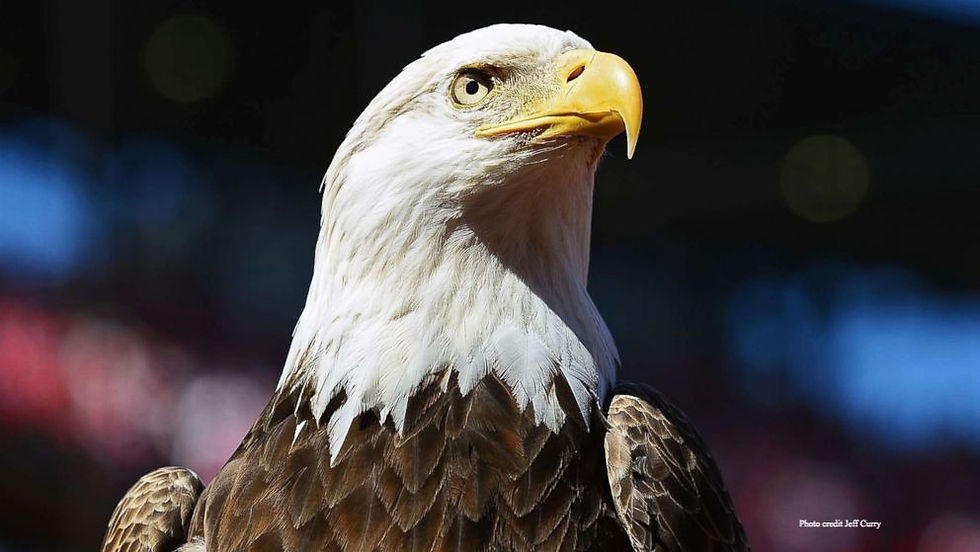CRITTER SPOTLIGHT: Praying Mantis: Mantis religiosa
- cynthiamorissette
- Sep 6, 2020
- 2 min read
Happy Labor Day weekend Watershed Explorers,
Another school year is upon us. Even though it might look very different from past years, I am excited to meet my new friends and start exploring. I also hope that some of my old friends will continue to check out the website and keep in touch, my email is cmorissette@narrabay.com Please email me anytime, I love hearing from students!
Critter spotlights are usually inspired by my family's explorations, and this one is no different, however, I was totally shocked that I had not written about this critter before. Mantis religiosa, commonly known as a praying manits is by far, one of my most favorite insects. These fierce hunters and graceful movers are absolutely spectacular to observe. Along with their neighborhood friends, my girls discovered this praying mantis in our yard.


This praying mantis was extremely curious and did not want to stay still for long. I was able to capture this up-close picture of it looking at the camera, but right after I snapped the photo it started climbing up my arm. We returned the mantis to our front yard in some grass that it blends perfectly with. The mantis did not stay still long enough for us to determine if it was male or female. The rule of thumb is that females are larger than males. Females measure about 10 inches whereas males are about 6 or 7 inches. Since this mantis was pretty large, we deduced that it was female, but the best way to identify a male from a female is by counting abdominal segments, males have 8, while females only have 6.
Habitat:
Mantis religiosa is widespread in the United States. It can also be found in parts of Canada. These critters prefer sunny areas where there is a lot of green vegetation. Their coloring makes them almost completely camouflaged in green shrubs and grasses.
Diet:
Praying mantes are carnivores. They usually feast on insects that are active during the day such as caterpillars, moths, butterflies, flies, and bees.
Watershed Role:
Due to their voracious appetites, praying mantes are extremely beneficial to gardeners and farmers as they rid plants and crops of destructive insects. Below is a picture of a praying mantis devouring a grasshopper.

It is possible for a praying mantis to bite or pinch. I felt comfortable holding the praying mantis in the picture above as they almost never bite or pinch humans. However, it is always better to heir on the side of caution and observe rather than touch.
Are you curious about where the praying mantis got its name? It comes from their front legs being bent as if they are in prayer. Many religions consider the praying mantis to be a sign of good luck for this very reason.
I hope you enjoyed learning a little bit about this amazing insect. Maybe you will spot a praying mantis in your yard or on a walk this fall.
To learn more about the praying mantis and see some incredible photos click the link below!
Happy Exploring,
Mrs. Morissette






Comments